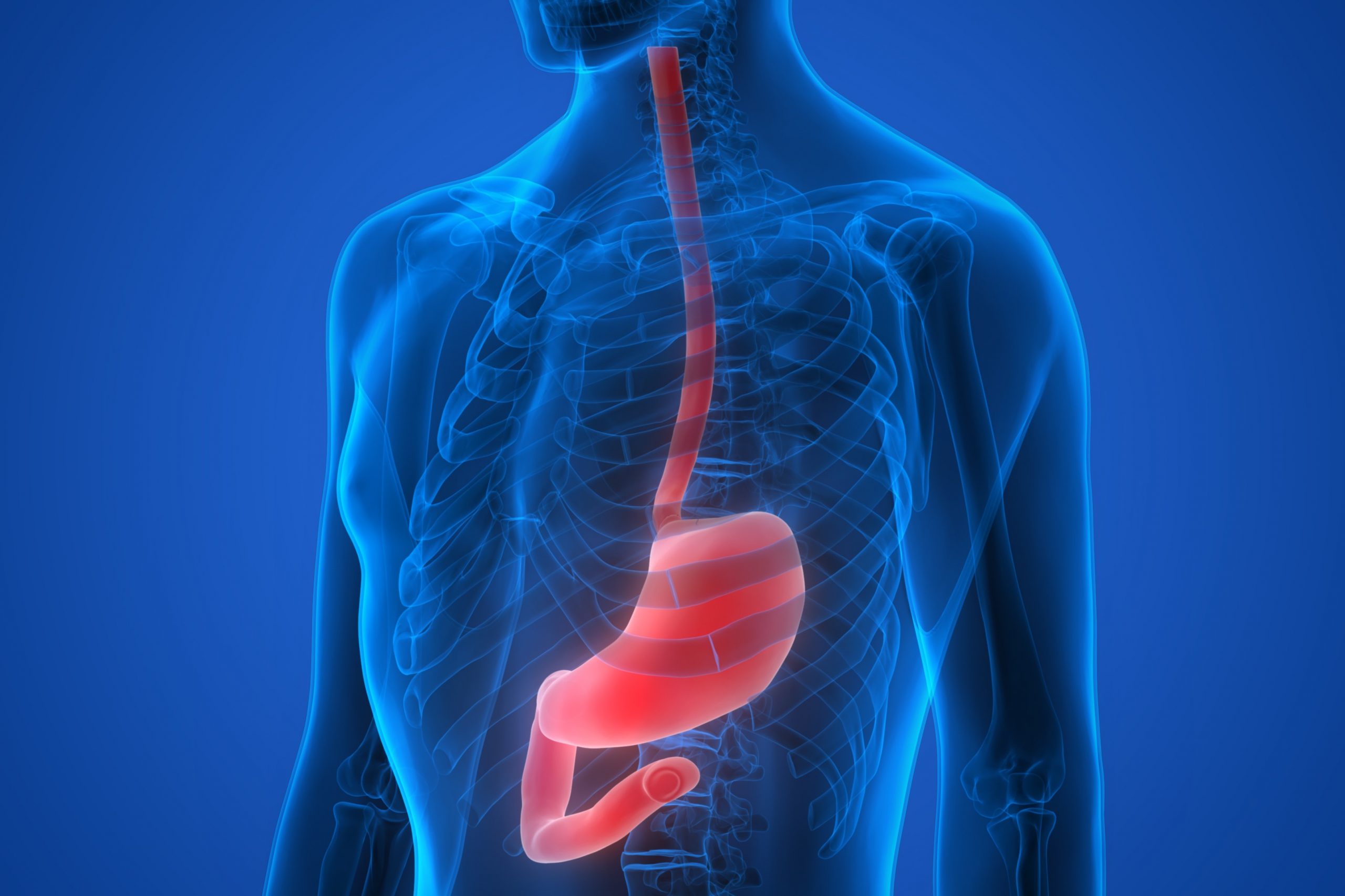
Esophageal achalasia, the treatment is endoscopic
Esophageal achalasia is a rare disease of the oesophagus, with difficulty in swallowing being the characteristic symptom. It is a rare disease, but in recent years the number of cases is increasing
Many hypotheses have been made about the causes, but at the moment there are no certainties.
What is certain is that neglecting it not only makes you ill, but also increases the risk of developing cancer of the oesophagus.
What is oesophageal achalasia?
Patients with oesophageal achalasia have an abnormal contraction of the end of the oesophageal muscle (which lines the entire oesophagus), which makes it difficult for swallowed food to reach the stomach.
What is eaten accumulates at the end of the oesophagus until something else is ingested, which puts pressure on the ‘stuck’ food and pushes it towards the stomach.
Over time, this condition leads to dilation of the oesophagus due to the accumulation of food, which also causes chronic inflammation.
Difficulty in swallowing is the characteristic symptom, in addition to which acid regurgitation, chest pain, weight loss and, in severe cases, vomiting may occur.
How is esophageal achalasia diagnosed?
A gastroenterological examination is necessary for diagnosis.
The specialist may first carry out a gastroscopy, a useful examination to confirm the suspicions and to rule out the possibility that the disorders are due to a mechanical obstruction, such as a tumour in the oesophagus.
However, achalasia can be diagnosed with certainty by manometry, which records the pressure activity of the oesophagus.
An oesophageal X-ray with contrast medium, which shows the level of dilation of the oesophagus, is also indicated.
Available treatments
Drug therapy is not effective in patients with oesophageal achalasia.
The best option is to cut the muscle layer along the oesophagus, which used to be done only by laparoscopic surgery. In recent years, a minimally invasive, scarless technique called Poem (transoral endoscopic myotomy), in which the muscle fibres in the oesophagus are cut through a flexible endoscopy, similar to that used for gastroscopy, has become increasingly common.
Another endoscopic alternative is dilation of the oesophagus with a balloon, but this technique has a higher risk of recurrence.
This procedure involves introducing an inflatable balloon through the mouth, which is lowered down to the lower oesophageal sphincter, where it is inflated, causing a traumatic rupture of the oesophageal muscle.
Read Also:
Asthma, The Disease That Takes Your Breath Away
Gastroesophageal Reflux: Causes, Symptoms, Tests For Diagnosis And Treatment
Global Strategy For Asthma Management And Prevention
Paediatrics: ‘Asthma May Have ‘Protective’ Action Against Covid’


